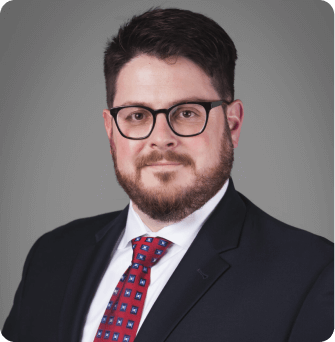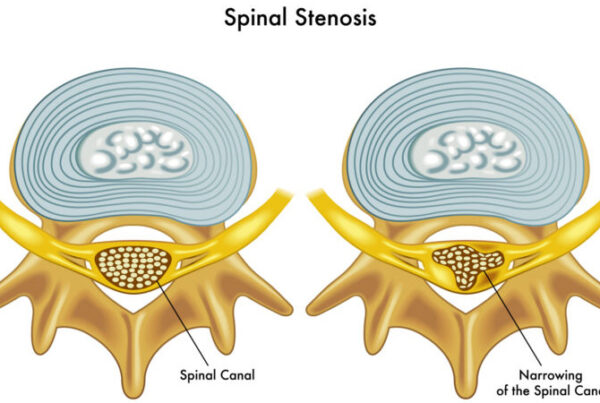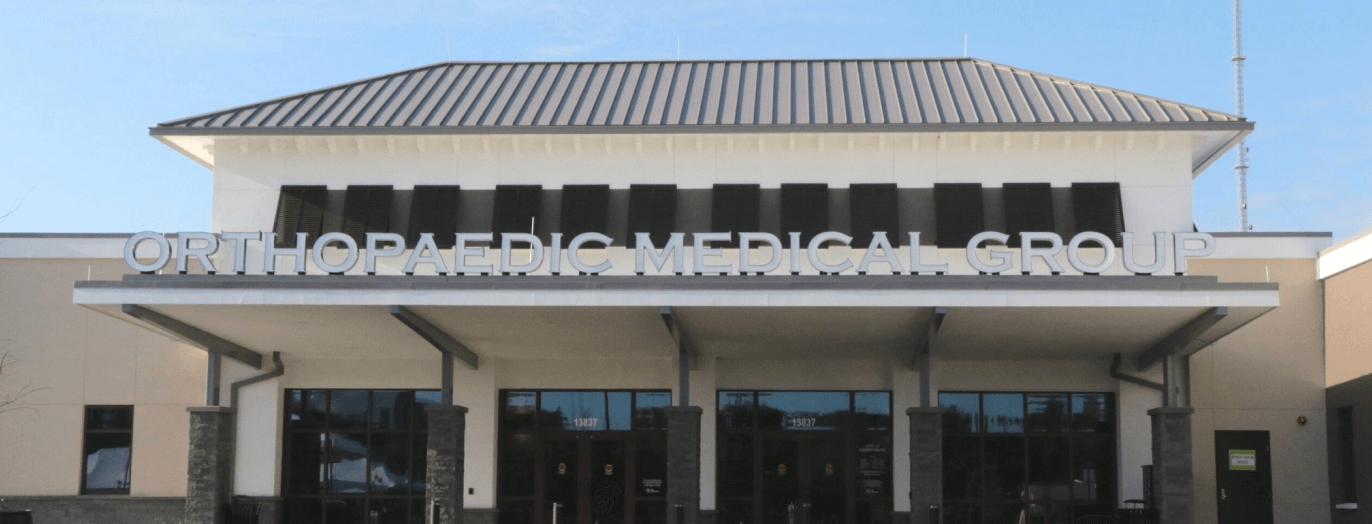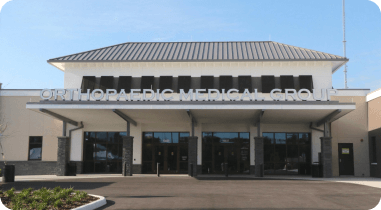
Neck & Back Conditions, Injuries & Treatments
Sprains, Strains, & Whiplash
Spraining or straining the neck or back is the most common type of spine injury. These injuries can happen suddenly or slowly over time with repetitive movements. Strains often occur from pulling a muscle or tendon in the back. Strains and sprains are often the result of a twisting motion, fall, or other trauma that places extra force on the spine and its supporting structures. Whiplash is a term commonly used to describe a neck strain after an accident.
Herniated Discs, Sciatica, & Radiculopathy
Another common back injury seen with lifting, twisting, or falling is a herniated or bulging disc. This occurs when there is a problem with the cushions (discs) between the vertebrae (bones) of the spine. A disc is often described as a jelly donut, with a softer center inside a tougher exterior. A herniated disc occurs when the softer “jelly” pushes through a tear in the exterior of the disc. This can cause nearby nerves to become irritated and create severe pain that goes down into the arms or legs. The general term used to describe a shooting pain into the arms or legs is “radiculopathy”; however, the term sciatica is often used if the pain shoots down the back of the legs.
Compression Fractures
A compression fracture is when one of the bones in the spine becomes cracked or broken. It is often a result of the spine aging and weakening, but it can also be caused by trauma to the spine or from a fall. Like other broken bones, this can be very painful and needs to be monitored closely to make sure that the bone heals in a good alignment.
Pars Defects & Fractures
A pars defect, pars fracture, and spondylolysis are all used to describe a very common type of stress fracture in the low back. These fractures typically occur due to overuse of the low back from sports that involve repetitive back bend-like motions (baseball) or repetitive contact (hockey, football). They can be seen in young children or in older adults and can range from asymptomatic to severely painful.
Spondylolisthesis
Spondylolisthesis is a misalignment of one bone in the back relative to another. This can commonly occur in combination with pars fractures. When the bones in the back are not aligned appropriately, this can produce extra strain on the muscles and ligaments in the spine and can be a source of back pain in some patients (particularly if this slip is unstable). It can also result in nerves being compressed producing pain in the arms or legs.
Lumbar Stenosis and Neurogenic Claudication
In the lower back, the spinal cord has turned into a bundle of nerves that run through a tunnel formed by the vertebrae. The tunnel is called the spinal canal. Lumbar spinal stenosis is a narrowing of the spinal canal that is often produced by one or more of several issues (herniated disc, spondylolisthesis, cysts, and/or bone spurs). Stenosis, which means narrowing, can cause pressure on your spinal nerves producing pain in the legs (sciatica) and in severe circumstances, it can cause weakness, numbness, or loss of bowel/bladder control. It can also cause heaviness and cramping in the legs or burning in the low back and buttocks with walking – this is called neurogenic claudication.
Cervical Stenosis and Myelopathy
Spinal stenosis in the neck is called cervical stenosis. In the neck, the narrowing of the spinal canal puts pressure on the spinal cord and can produce a wide range of symptoms including clumsiness in the hands or legs, difficulty with walking, numbness or tingling in the arms or legs, weakness, loss of bowel/bladder control, and spasms of the arms or legs. These are symptoms of a condition called myelopathy. Similar to lumbar stenosis, cervical stenosis is often produced by one or more of several issues (herniated disc, spondylolisthesis, cysts, and/or bone spurs).
Adolescent Scoliosis
Scoliosis is an abnormal sideways curvature of the spine that most often is diagnosed in children 8-18 years old. While scoliosis can occur in people with conditions such as cerebral palsy and muscular dystrophy, the cause of most childhood scoliosis is unknown. Most cases of scoliosis are mild, but more significant curves of the spine can worsen as children grow and may require treatment.
Kyphosis
Kyphosis is an exaggerated, forward rounding of the back. It can occur at any age but is most common in younger men (a condition known as Scheuermann’s Kyphosis) and older women. Scheuermann’s Kyphosis is a genetic disorder (people are born with it). Age-related kyphosis is often due to weakness in the spinal bones that causes them to compress or crack and allow the spine to tilt forward. Mild kyphosis generally does not produce any problems. Severe kyphosis can cause pain and be disfiguring. Treatment for kyphosis depends on the patient’s age and the cause and effects of the curvature.
Adult Scoliosis & Kyphosis
Adult scoliosis can be a result of untreated childhood scoliosis, but it can also be a result of degenerative changes (wear-and-tear on the spine) or even be a consequence of prior spine surgery. Adult scoliosis can produce a wide range of symptoms and can be associated with many of the conditions listed above (sciatica, myelopathy, neck pain, back pain).












